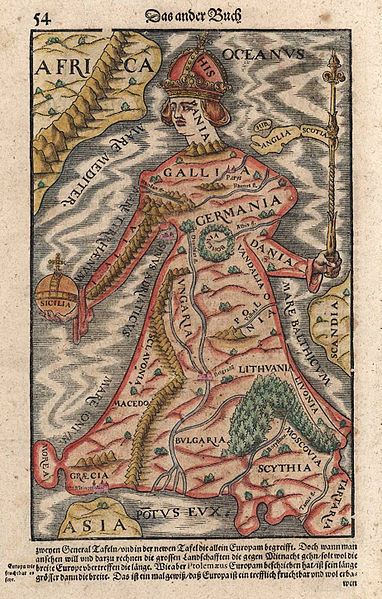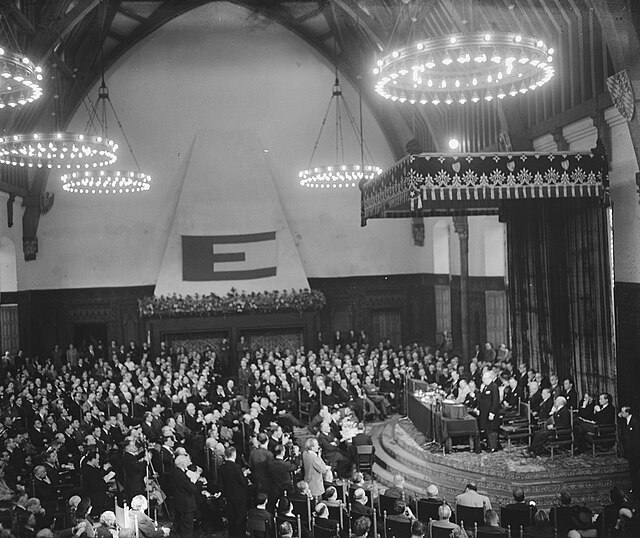Greek euro coins feature a unique design for each of the eight coins. They were all designed by Georgios Stamatopoulos with the minor coins depicting Greek ships, the middle ones portraying famous Greeks and the two large denominations showing images of Greek history and mythology. All designs feature the 12 stars of the EU, the year of imprint and a tiny symbol of the Bank of Greece. Uniquely, the value of the coins is expressed on the national side in the Greek alphabet, as well as being on the common side in the Roman alphabet. The euro cent is known as the lepto in Greek, a name which has also been used for the 1⁄100 denominations of the preceding currencies of the Greek state, the phoenix and drachma.
Gold, 200 euro, 75th anniversary of Bank of Greece (2003)
Silver, 10 euro, Patras European Capital of Culture (2006)
Silver, 10 euro, Acropolis Museum (2008)
50th Anniversary of the Signature of the Treaty of Rome (2007)
A number of symbols of Europe have emerged since antiquity, notably the mythological figure of Europa.
Europa velificans, "her fluttering tunic… in the breeze" (mosaic, Zeugma Mosaic Museum)
Europa regina in Sebastian Münster's "Cosmographia".
Reliquary, golden bust of Charlemagne wearing the Imperial Crown of the Holy Roman Empire in Aachen Cathedral, with the German reichsadler embossed on the metal and the French fleur-de-lis embroidered on the fabric
Federalist flag displayed at the 1948 Congress of Europe in the Hall of Knights in The Hague








